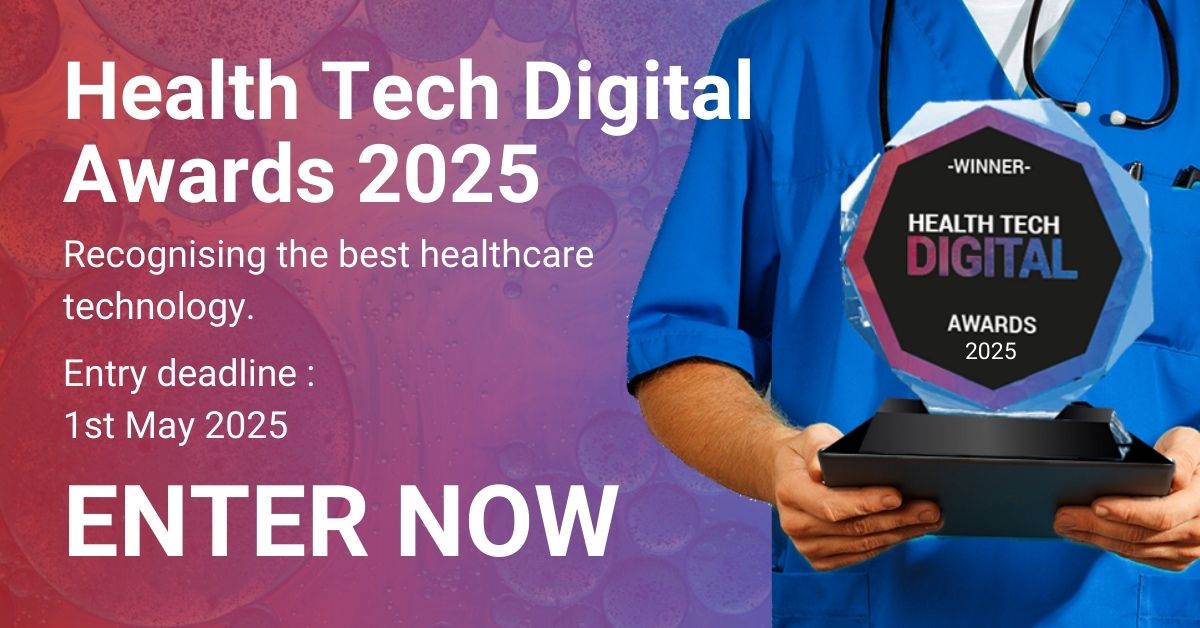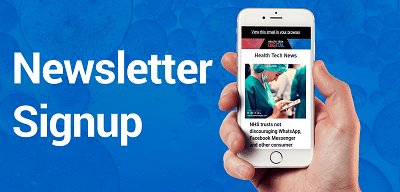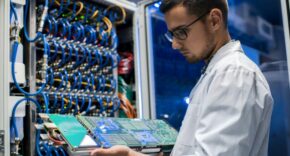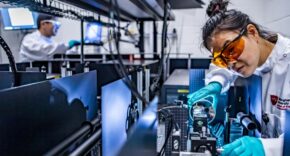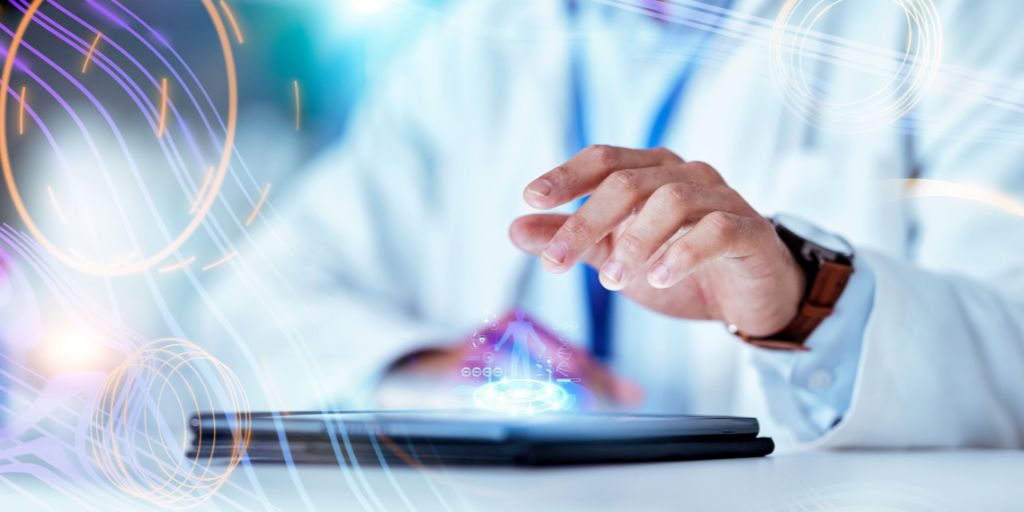
While healthcare has traditionally been behind other industries when it comes to implementing cutting-edge technology, there has been a great deal of interest in the benefits of large language models (LLMs) and generative AI (GenAI). Even though tools like Natural Language Processing (NLP) and “traditional” machine learning have shown their potential in fields like medical dictation and radiology, LLMs—especially multimodal models—offer even more exciting possibilities when it comes to expediting diagnoses, reducing the amount of paperwork healthcare professionals need to do, and understanding population health management. While
accuracy and “hallucinations” remain a concern with these models, their capabilities in managing large and complex unstructured data, impressive versatility, and user-friendly interfaces are far beyond established technologies. Recent surveys revealed growing interest in this field among clinicians, with GenAI being used at least once a week by 20-30% of physicians in the UK and US. This article highlights the clinical use cases where GenAI is gaining the most traction, from in-person care to digital patient interactions.
The Emergence of GenAI in Healthcare
Healthcare practitioners and clinicians primarily used natural language processing and machine/deep learning tools before the development of LLM-based AI solutions like ChatGPT. For example, dictation, note summarisation, and structured data capture are supported by tools like Nuance Dragon Speech Recognition. Additional machine/deep learning tools focus on particular fields of clinical decision making. Ada is a good example for primary care and rare diseases, or RapidAI for stroke care and Blackford for radiology. There are also solutions that look at population health applications, for example identifying patients suitable for prevention, clinical trials, or recommending specific treatments.
LLMs such as those from OpenAI and others have much more potential and use case applicability due to their ability to deal with vast and unstructured datasets, text-based context understanding and improved user interface. However, regardless of the advancements in the quality of the models either through specialisation or overall architecture (e.g. Retrieval / Cache Augmented Generation, which adds specific knowledge to the AI model; or output constraints), accuracy and hallucination challenges continue to exist.
GenAI vs previous Machine / Deep Learning approaches
But what are the specific differences between these AI approaches, and do these really matter?
GenAI creates text and responses that resemble humans with the help of LLMs and transformer models. As it performs well in language understanding and generation tasks, it is suitable for conversational agents and content creation. Language skills are crucial in the healthcare industry as information is conveyed via text form, for example: spoken interactions between patients and their doctors stored in unstructured medical notes in electronic medical records. OpenAIs ChatGPT is a well-known example that is currently being used in the industry.
On the other hand, traditional machine / deep learning systems often use non-text neural network algorithms to assess patterns or forecast results. They are often used in radiology for image analysis, in emergency room admissions forecasting, in cardiology for risk assessments and population health management.
For example, Harrison.ai’s Analise Enterprise CXR, an Australian company launched in 2020, can analyse x-ray images and identify 124 results. The company also announced a foundation model developed for radiology called harrison.rad.1 that can interpret text and images and respond to text enquiries from radiologists. As machine / deep learning systems use specialised algorithms and datasets, they can obtain high accuracy in specified tasks. But as each algorithm focuses on a certain issue, growing this type of AI can be challenging as it would require several models and complex IT systems and data integrations. This complex web of ‘island solutions’ and the difficulties they pose for IT teams has led to the rise of so-called AI marketplaces, similar to an app store, with curated applications based on a unified technology platform.
While GenAI is currently less accurate for specialised clinical tasks it enables easier scaling and wider range of applications. The standardised models can be adjusted for multiple uses.
While it is difficult to predict how these technologies will develop in the future, the case for improving health outcomes and efficient of operations is singificant, as shown below.
Multidimensional Applications of GenAI
Key stakeholders in the healthcare ecosystem, namely patients, clinicians, providers and payor regulators are interested in GenAI. Although not an exhaustive list, some of the key use cases are:
Patients
- Administrative support: GenAI is really good at helping patients with administrative tasks related to their appointments, like scheduling appointments but also checking and submitting insurance claims, optimising co-payments. While this reduces the administrative workload on the providers, it also enhances patient convenience. For example, in May 2024, French healthcare IT company Doctolib acquired Aaron.ai, a Berlin-based startup specialising in AI-powered telephone assistance for medical practices. Their technology automates patient interactions over the phone, enabling tasks such as appointment scheduling, rescheduling, and cancellations without the need for human interaction.
- Enhanced Patient Journey: Additionally, AI-driven virtual assistants can offer personalised support at every stage of the clinical patient journey, including with,
conducting pre/post operative assessments, monitoring conditions and treatment adherence, and prescription support. GenAI tools also enable patients to ask questions and better understand their condition and treatment, without taking up any time from the physician or nurse. For instance, Optegra, a leading international ophthalmology healthcare provider, uses a voice-based GenAI system, without any human interaction, to conduct pre-operative assessments with their patients over the phone. This system is now live after a successful pilot test with 2,000 patients and an exceptional NPS satisfaction score of 97%. - Triage / diagnosis and monitoring: LLMs can also support initial triage and diagnosis, although existing solutions such as Ada Health traditionally performed very well in this area, almost in line with medical doctors. A recent study from Harvard and Stanford, conducted a series of diagnostic tests based on actual patients, and the median diagnostic reasoning score for physicians not using an LLM was 74%, with 76% of physicians aided by an LLM, and 92% for the LLM alone. Cleveland Clinic is also able to provide timely interventions when necessary for its patients post-surgery through riven platforms. Australian company Helfie is another example where they use AI and digital biomarkers via patients’ smartphones to check over 20 health conditions and also features an AI-chatbot for specialists to answer any queries.
Clinicians
- Clinical Decision Support: With GenAI, clinicians can access the most recent medical content easily. Physicians not only use these applications during in person consultations but also ahead of patient meetings. Berlin-based Amboss, for example, has created an innovative digital medical reference system for students to use in the classroom. This system can later be used as a decision support co-pilot when they start working professionally. Users can now also access the AmbossGPT interactive chatbot, in addition to searching the reference library, due to the ChatGPT integration.
- Physician Co-Pilots: AI tools can help clinicians during their consultations in many ways. This includes retrieving patient data, generating prompts, handling administrative tasks like drafting patient letters, structured data entry, note-taking and others (diagnostics and / or specialist referrals, prescriptions). GenAI systems must be correctly linked and restricted to different provider systems and data sets, requiring a strong strategy, training time, localisation / customisation, and integration work for maximum effectiveness. For example: Suki AI is a voice activated digital assistant that helps physicians manage electronic health records (EHRs) [6] and take clinical notes. Epic is including co-pilots into its offering and other EHR vendors are expected to follow their lead. Doctolib, is including physician co-pilot to its portfolio, after having expanded their offerings from online patient booking to practice management software. And Corti is another example of a physician co-pilot.
Providers (operational effectiveness focus)
- Resource optimisation: GenAI can also play a major role in improving operational efficiency for healthcare provider companies. This includes managing patient flow, optimising staffing, or forecasting demand. While traditionally machine learning and data analytics tools are used, GenAI now has the opportunity to play a role in deploying various tools and many solution providers have also started incorporating LLMs into their software. For example, LeanTaaS, a market leader in software for health system capacity management, staffing and patient flow, has announced a GenAI solution for hospital operations. Users can have natural language conversations with the system and go over staff recommendations, operating room utilisation, case volume shifts and much more.
- Automation of Administrative Tasks: Additionally, GenAI can also play a role in other processes such as general automation of billing, medical coding, or the verification of patient eligibility. It can analyse large volumes of billing data and identify fraud or review unstructured medical notes and suggest an improved code. This can result in new revenue potential, reduced errors, and accelerate cycle time. For example, Akasa provides a GenAI based revenue cycle management solution that has been explicitly pre-trained on clinical and financial data.
In Europe, the advantages of GenAI along these and other use cases are being studied especially in renowned academic and teaching institutions. Their main focus is on the viability of using GenAI in clinical decision support scenarios (e.g., EPFL University in Switzerland has developed an open source LLM for media applications called Meditron). It has been frequently noted that cases related to physician productivity and customer service / call centre operations are prioritised by private providers.
What is working today
As GenAI is being tested in a number of fields, it is not quite a “doctor in your pocket.” In our experience, the majority of private providers focus on non-clinical tasks as there is a requirement for high accuracy and strict regulatory standards. GenAI excels in areas where high precision is not required and human error rates are visible such as insurance checks, appointment scheduling, appointment reminders, or customer service. For example, Worthwell Health’s AI chatbot handles 94% of patient inquiries. One of our client achieves 80% call centre coverage with GenAI, resulting in significant productivity gains.
GenAI is also effective in tasks that are normally overseen by nurses or other health workers like pre / post operative assessments and gathering patient-reported outcome measures (PROMs). Here, GenAI handles up to 80% of the workload, resulting in notable improvements in efficiency due to the simple data integration.
On the clinical side, GenAI currently offers moderate improvements in productivity. Co-pilot tools, which mainly utilise automated forms, are saving physicians up to 20% of administrative time. Asynchronous chat and other tools also have the ability to improve the number of consultations per day or reduce clinician overtime. Simple tasks like patient reminders have proven to be effective in reducing no-show rates, especially in high no-show regions like the GCC.
Currently, population health management and precise clinical decision support seem more suitable to traditional machine learning and analytics.
In conclusion, GenAI presents an opportunity for a strategic refresh and the delivery of tangible impact for healthcare providers. Even though the health care sector may not be adopting technology as fast as other sectors, many European providers have already started seeing the advantages. Moreover, it is also important to note that clinicians may start using GenAI on their smartphones if employers do not implement GenAI in their systems. If they were to do so, there would be significantly less privacy protection and lower integration of critical patient information, which is a risk that healthcare providers cannot afford to take.
